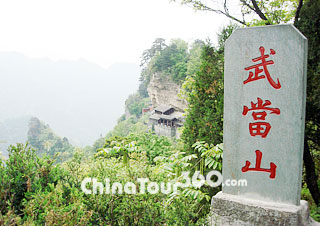 Wudang Mountain, Shiyan
Wudang Mountain, Shiyan Yellow Crane Tower
Yellow Crane Tower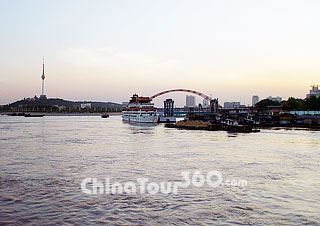 Yangtze Cruise, Wuhan
Yangtze Cruise, Wuhan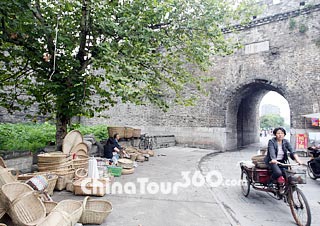 Ancient Jingzhou City
Ancient Jingzhou City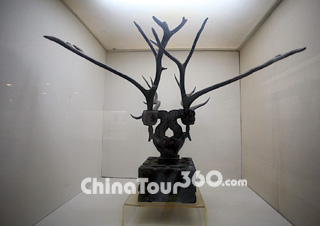 Jingzhou Museum Exhibits
Jingzhou Museum Exhibits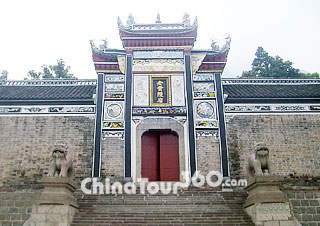 Huangling Temple, Yichang
Huangling Temple, Yichang
Hubei Province bounded to the north by Henan, to the east by Anhui, to the south by Jiangxi and Hunan, and to the west by Sichuan and Shaanxi provinces, lies in the middle reach of the Yangtze River with an area of 186,000 square kilometers (71,815 square miles). It has a large population of 60,280,000 (in 2000). The Jianghan Plain takes up most of central and eastern Hubei, while the western part is mountainous. The fertile Jianghan Plain in Hubei is one of the major agriculture and aquaculture bases in China for producing grain, cotton, oil-bearing crops, fish and vegetables. Thousands of lakes dot the landscape, giving Hubei the name of 'Province of Lakes'; two largest lakes among them are Lake Liangzi and Lake Honghu.
One of the birthplaces of the Chinese nation, Hubei also has a long history and developed culture. The province was the home of the powerful state of Chu (the Spring and Autumn Period 770 BC - 476 BC) that had a splendid and unique culture, thus a popular unofficial name for Hubei is Chu. The Capital City-Wuhan was the place, where the Wuchang Uprising took place in 1911. The Qing Dynasty (1644 - 1911) was overthrown and the Republic of China was established.
Hubei enjoys a subtropical monsoon climate, with abundant rainfall and a long frost-free period. It enjoys abundant sunlight, with the annual amount of solar radiation totaling 85 - 114 kilocalories per square centimeter and annual duration of sunshine averaging 1,200 - 2,200 hours. Temperature is on the high side, with annual temperature averaging 13 - 18 degrees Celsius (55.4 - 64.4 degrees Fahrenheit). The highest temperature can reach 41 degrees Celsius (105.8 degrees Fahrenheit), while the lowest temperature can drop to -14.9 degrees Celsius (5.2 degrees Fahrenheit). Wuhan's summer heat and humidity make it one of China's hottest cities, and have earned it the reputation of being one of the 'furnaces of China'.
Hubei's tourism resources feature both beautiful landscapes and abundant places of historic and cultural interest. There are 6 national-level scenic spots, 13 national forest parks and 3 national nature reserves. Shennongjia has been listed in the UNESCO's program of Man and Biosphere and Wudang Mountain in the list of World Cultural and Natural Heritages. The Three Gorges of the Yangtze River, Yellow Crane Tower and Gezhouba have been listed among China's top 40 tourist scenic sports. Hubei encompasses five famous historical and cultural cites designated by the state, 20 cultural sites under state protection, 365 cultural sites under provincial protection, five sites of Chu city ruins, 73 Chu Cultural sites and over 140 sites relating to the Three Kingdoms (220 - 280).
Therefore, Hubei is an ideal place to explore China in all directions, thus is a must when you visit China.







